Called Exceptional For a Reason
There are many varieties of gift books—in fact, we’ve gathered some here. But no matter what the book is about, from artwork to fishing, there’s a reason we’ve called them exceptional. Do yourself a favor and choose an exceptional gift book today.
The Art of Fantasy, Sci-Fi and Steampunk
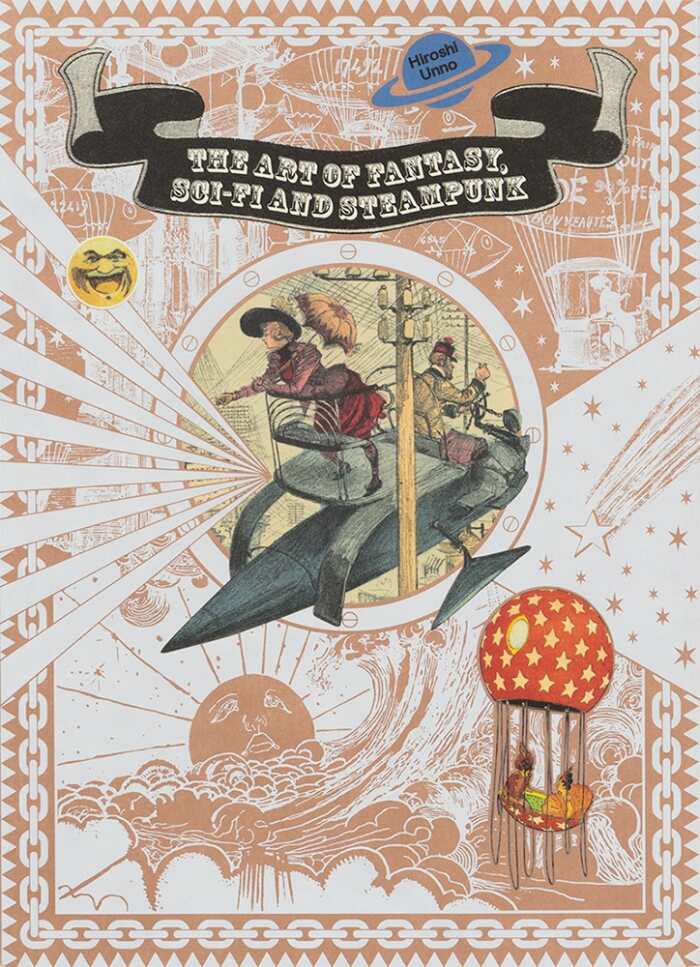
Hiroshi Unno
PIE International
Softcover $49.95 (360pp)
978-4-75624975-3
Buy: Local Bookstore (Bookshop), Amazon
Modern culture has some ’splaining to do. Climbing out of the Renaissance/Elizabethan age through to the late eighteenth century, an increasingly enlightened society emerged into the industrial wonders of the nineteenth century and rode them fast and hard to our present period of quantum-leaping technological innovation. Artistically, these two-plus centuries of change coincided with a revived interest in Gothic styles reminiscent of the late Middle Ages on through the steam-engine Victorian age best referred to as steampunk. So, yes, goth and steampunk—two somewhat off-putting terms, yet instantly familiar to us present dayers—are quite capable of explaining a great deal about modern culture, according to Hiroshi Unno, author of The Art of Fantasy, Sci-Fi and Steampunk.
Heady stuff, this is a story meant to be told in pictures—hundreds of full-color reproductions of paintings, posters, storyboards, fairy-tale art, and more. Think Romanticism, realism, Jules Verne, Sweeney Todd, Arthur Conan Doyle, Frankenstein, Alice through the Looking Glass, The Wonderful Wizard of Oz, fairies, art deco, and so much more. Bilingual (Japanese and English) introduction, chapter heads, and captions round out the story. An amazing accomplishment.
MATT SUTHERLAND (April 27, 2018)
Leonardo
A Restless Genius
Antonio Forcellino
Lucinda Byatt, translator
Polity
Hardcover $35.00 (344pp)
978-1-5095-1852-4
Buy: Local Bookstore (Bookshop), Amazon
Genius is as genius does. With fortuitous circumstances, genius can do more. Take Leonardo: The illegitimate son of a notary in the 1450s, he was blessed with paper and ink for playthings, and it became the material he used to express his thoughts—a habit continued all his life. He was also born just a few miles from Florence, with the Renaissance in full blossom, offering endless artistic and creative inspiration. Those details surely gave him a lift, but let’s not quibble—along with the likes of Plato, Archimedes, and Newton, Leonardo is a titan of Western culture.
As a leading restorer of, and expert on, Renaissance art, Antonio Forcellino is uniquely positioned to validate Leonardo’s talent and is an ultimate chronicler of his life. And what a life. From metallurgy to anatomy, optics, mechanics, and geology, Leonardo’s interests knew few bounds. Forcellino also makes it clear that Leonardo was innovative on the canvas. His skills of observation and willingness to show chubby infants in all their ungainliness, for example, was extraordinary for the time. In reference to Leonardo’s Madonna of the Carnation, Forcellino writes, “We are looking at one of the first ‘real-life’ paintings of the Renaissance and at one of Leonardo’s first successful attempts to capture and reproduce the natural world.”
MATT SUTHERLAND (April 27, 2018)
The Breath of Life
An Introduction to Craniosacral Biodynamics
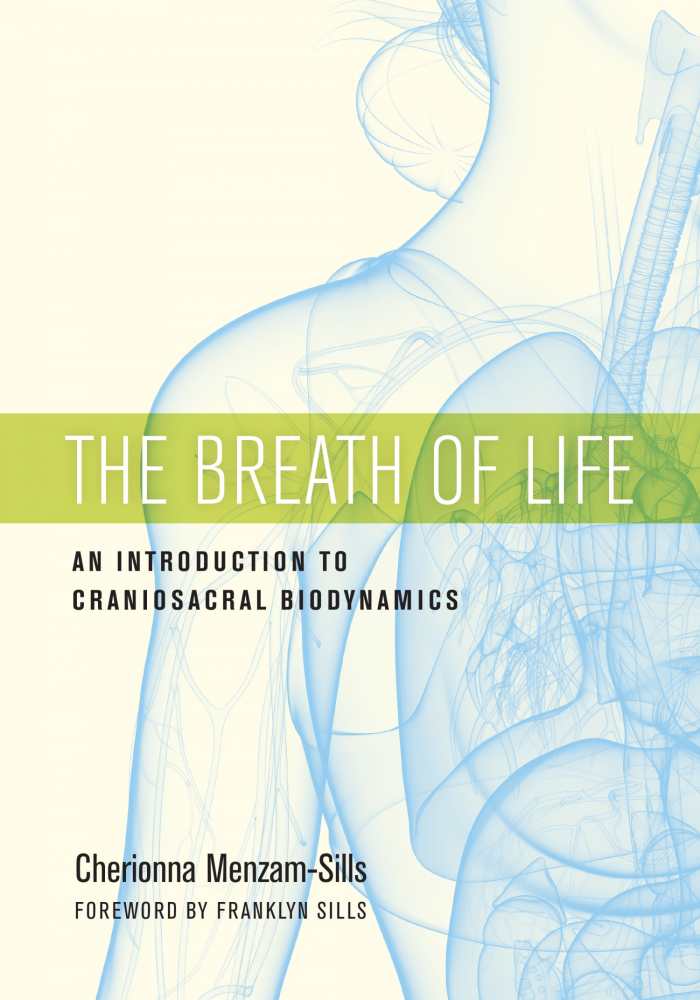
Cherionna Menzam-Sills
North Atlantic Books
Softcover $23.95 (272pp)
978-1-62317-205-3
Buy: Local Bookstore (Bookshop), Amazon
The American Medical Association, American Cancer Society, and other powerful, reputable medical organizations routinely dismiss therapies that don’t meet their scientific standards. If a treatment doesn’t exhibit a “biologically plausible mechanism” and can’t be reproduced in randomized controlled trials, they reason, it’s bogus.
Well, tell that to the millions of people who rely on reiki, acupuncture, craniosacral therapy, and other alternative healing treatments. In the case of craniosacral therapy, practitioners seek to connect with the patient’s life force as they energetically work the fluids around the brain, spine, and sacrum. The therapy is known to relieve numerous psychological and physical ailments.
The Breath of Life: An Introduction to Craniosacral Biodynamics spotlights a type of craniosacral therapy that is more intuitive and less hands-on than a biomechanical approach. In the book, Cherionna Menzam-Sills seeks to help practitioners create an “effective relational field” through the use of breathing and body awareness exercises. She describes the essence of Craniosacral Biodynamics as “an orientation to deep formative forces of life”; practitioners aim to “observe the effects of these forces from inside of the individual, rather than trying to change the form from the outside.” Students, patients, new practitioners, and even experienced Craniosacral Biodynamics therapists will find this project a key resource.
MATT SUTHERLAND (April 27, 2018)
Short Circuits
Aphorisms, Fragments, and Literary Anomalies
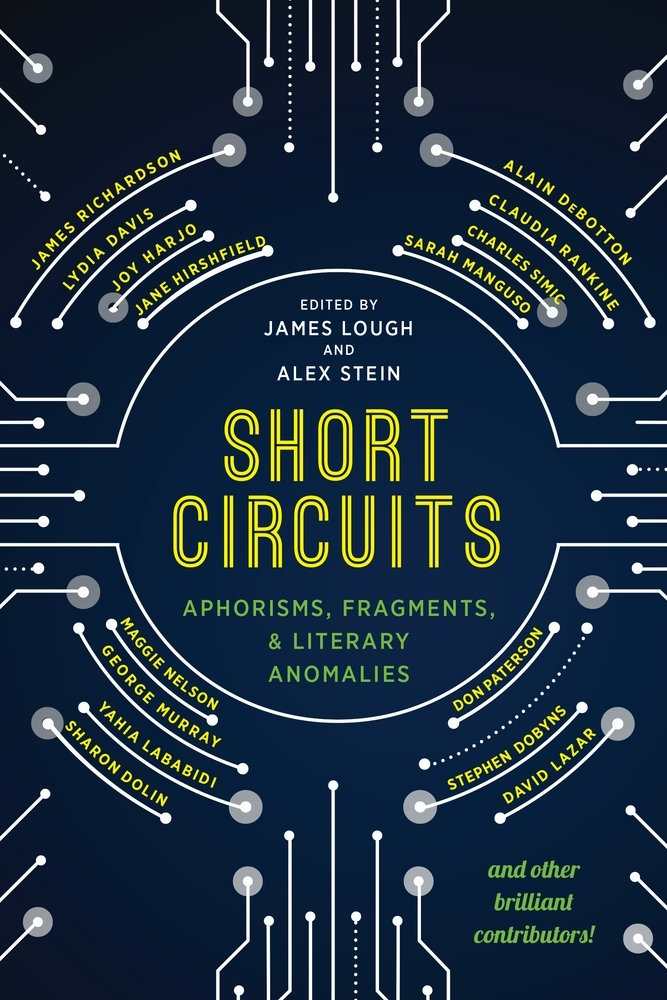
James Lough, editor
Alex Stein, editor
Schaffner Press
Softcover $17.95 (384pp)
978-1-943156-37-5
Buy: Local Bookstore (Bookshop), Amazon
In an ideal world, we would be no shorter or taller than we need to be, no thinner or heavier, smarter or dimmer. We would be what we needed to be.
Similarly, writing need not be short or long to be what it needs to be. When the work is completed, nothing more is necessary to write. Good writing, like good art, should always amount to the least that is needed—its irreducible minimum. Abbreviated writing for brevity’s sake doesn’t belong in the conversation.
But the best short writing—in the form of aphorisms, koans, haiku, for example—has special powers to shake us out of our conceptual biases and actually rewire our neurological pathways. James Lough, coeditor of Short Circuits: Aphorisms, Fragments, and Literary Anomalies, calls these aha moments of brilliantly worded aphorisms “little enlightenments” that “actually manage to separate us from ourselves”—detachment, in Buddhist speak—and help us solve problems, avoid worry and fear, develop empathy, and feel more “peaceful, tolerant, and open-minded.”
Following up on Short Flights: Thirty-Two Modern Writers Share Aphorisms of Insight, Inspiration, and Wit (2015), Lough and Alex Stein assembled the short-writing thoughts, creative ideas, and favorite short works of another stellar list of contributors (Charles Simic, Lydia Davis, Sarah Manguso, Stephen Dobyns, Joy Harjo, and Yahia Lababidi, to name a few). Careful thinkers of all stripes will find a great deal to enjoy.
MATT SUTHERLAND (April 27, 2018)
All the Oceans
Designing by the Seat of My Pants
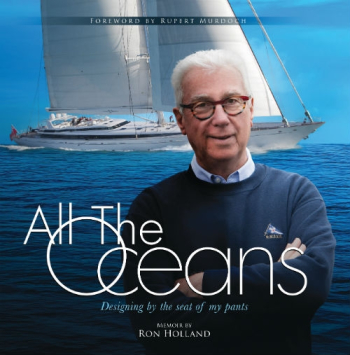
Ron Holland
Ron Holland Design
Hardcover $45.00 (350pp)
978-1-77509-680-1
Buy: Local Bookstore (Bookshop), Amazon
A glimpse of the latest class of America’s Cup sailboats skipping across waves at speeds up to fifty miles an hour offers a vivid reminder of how far sailboat technology has advanced since the square riggers of the Spanish Main. In fact, the new racing boats have more in common with aircraft—look no further than Oracle Team USA’s partnership with Airbus to design its 2017 America’s Cup entry. Not quite so space age, but no less impressive, are the top level of super yachts, the high-seas playthings of the world’s wealthiest, providing a level of privacy, security, and decadence available nowhere else on earth.
For a sense of the way these yachts are commissioned, designed, and built, sailing enthusiasts can now turn to All The Oceans: Designing by the Seat of My Pants, a memoir by legendary yacht designer Ron Holland. Holland’s New Zealand beginnings were as humble and removed from rarefied circles as imaginable. But through extensive sailing experience in nearly all the top international yachting races and a fearless approach to design, he eventually found himself answering calls to build sailing yachts with budgets in the tens of millions of dollars. Mirabella V, for example, the world’s biggest single-masted, fiberglass composite sloop at 247 feet, with a 297-foot mast, posed such a lengthy list of design challenges as to be “preposterous,” he writes. But with $60 million to work with, he had ample time and resources to bring the project to completion.
Holland is a congenial storyteller and skilled writer, and his lifetime of achievement is as admirable and impressive as it is entertaining.
MATT SUTHERLAND (April 27, 2018)
Taut Lines
Extraordinary True Fishing Stories
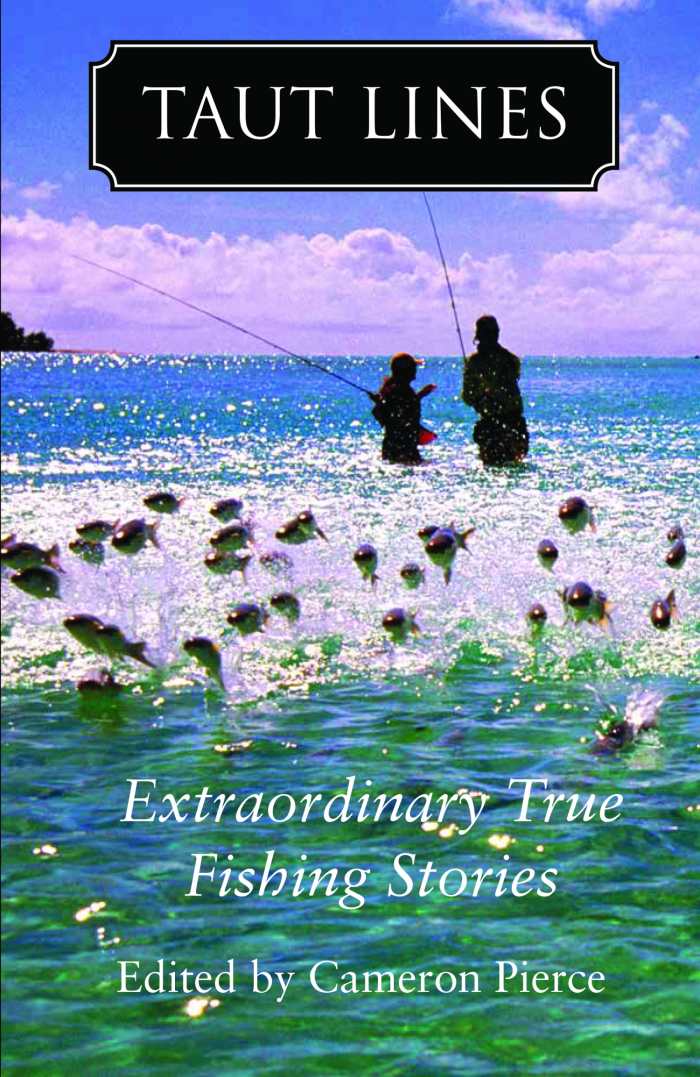
Cameron Pierce, editor
David R. Godine
Softcover $18.95 (338pp)
978-1-56792-613-2
Buy: Local Bookstore (Bookshop), Amazon
To fish is to know the singular, electrifying moment when fish, bait, line, rod, and wrist all sense the others in a shock of surprise. The sensation is such a rush, few anglers are content to experience it only once—whether an eight-ounce bluegill or eight-hundred-pound bluefin tuna is on the bait end. Alas, for those with no rod-and-reel experience, words and language can’t possibly replace the real, on-the-water thrill of getting tight on a fish. The unfortunate truth is that no one ever fell in love with fishing while indoors.
With a lineup including Rudyard Kipling, Zane Grey, Washington Irving, and forty other gifted writers, Taut Lines: Extraordinary True Fishing Stories may challenge that assertion.
To write about fishing, like nature and travel, seems to tease the best out of the best writers. That they are typically passionate about the subject helps, but the trio of genres also deal with solitude, challenging conditions, patience, inclement weather, introspection, and nature’s occasional brutality. Fishing, in fact, is incidental to a few of the better stories in Taut Lines, but anglers will feel closer to their sport than ever.
MATT SUTHERLAND (April 27, 2018)
Matt Sutherland

